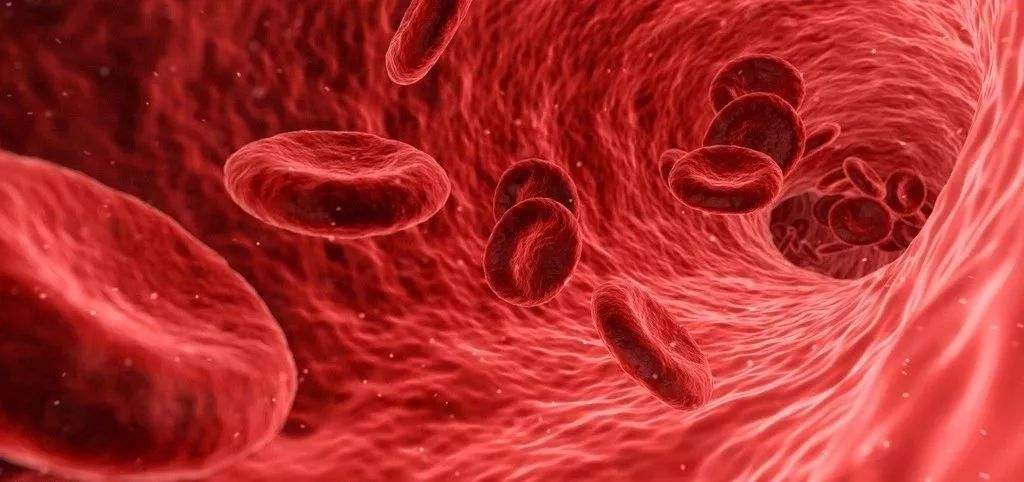The British Journal of Communication Chemistry recently published a new blood analysis technology.
For the first time, a team of American scientists combined Fourier transform attenuation total reflection infrared spectroscopy (ATR FT-IR) with statistical analysis to establish a new model, which can report blood from 11 animals.
Non-destructive technology to distinguish human blood. This technique can be used to quickly determine whether the blood stains found at the crime scene come from humans.
Blood stains are the most important source of DNA evidence, but current blood tests generally destroy samples and DNA evidence. These tests also provide false positive results – report blood without blood.
In view of this, the reliable and non-destructive distinction between human and animal blood is very necessary for forensic evidence collection, especially in hit-and-run cases, where suspects may claim that the incident is related to animals rather than people.
Igor Ledeniv, a scientist at the State University of New York at Albany, and his colleagues managed to combine Fourier transform attenuation total reflection infrared spectroscopy with statistical analysis to distinguish human blood from animal blood.
The ATR FT-IR has extraordinary advantages in non-destructive testing and surface information acquisition.
The research team used statistical models of blood samples of people, cats, dogs, rabbits, horses, cattle, pigs, opossums and raccoons, and used blood samples of deer, moose and ferrets to verify these models.
The research team also selected common household pets, human-eating animals or animals that may be involved in wild crime or hit-and-run events.
When using the animal blood samples of the training data set to verify the model, there was one misclassification in a total of 290 verifications; while when using the blood samples of deer, moose and ferret for model verification, there was no misclassification at all.
Blood stain analysis is one of the important contents of field reconstruction technology.
Analysts will apply the principles and methods of biology and physics to study the mechanism of blood stain formation through the examination of blood stains left on the scene, judge the bleeding site, the amount of bleeding and the process of the crime, and can also obtain the movement status of the relevant people and things after the bleeding, so as to confirm whether the confessions of all parties are true.
The research team said that considering that some ATR FT-IR spectrometers are portable at present, this technology will be used for crime scene analysis.



